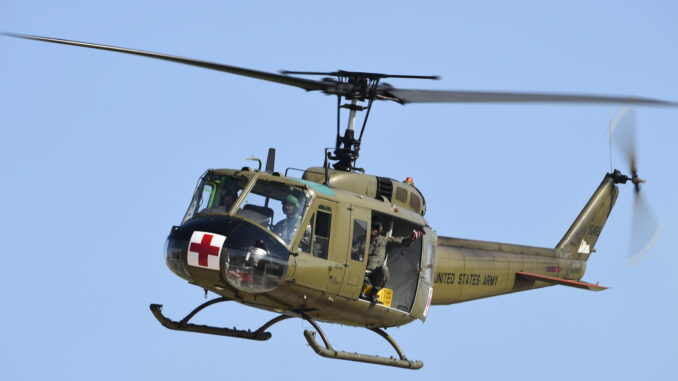
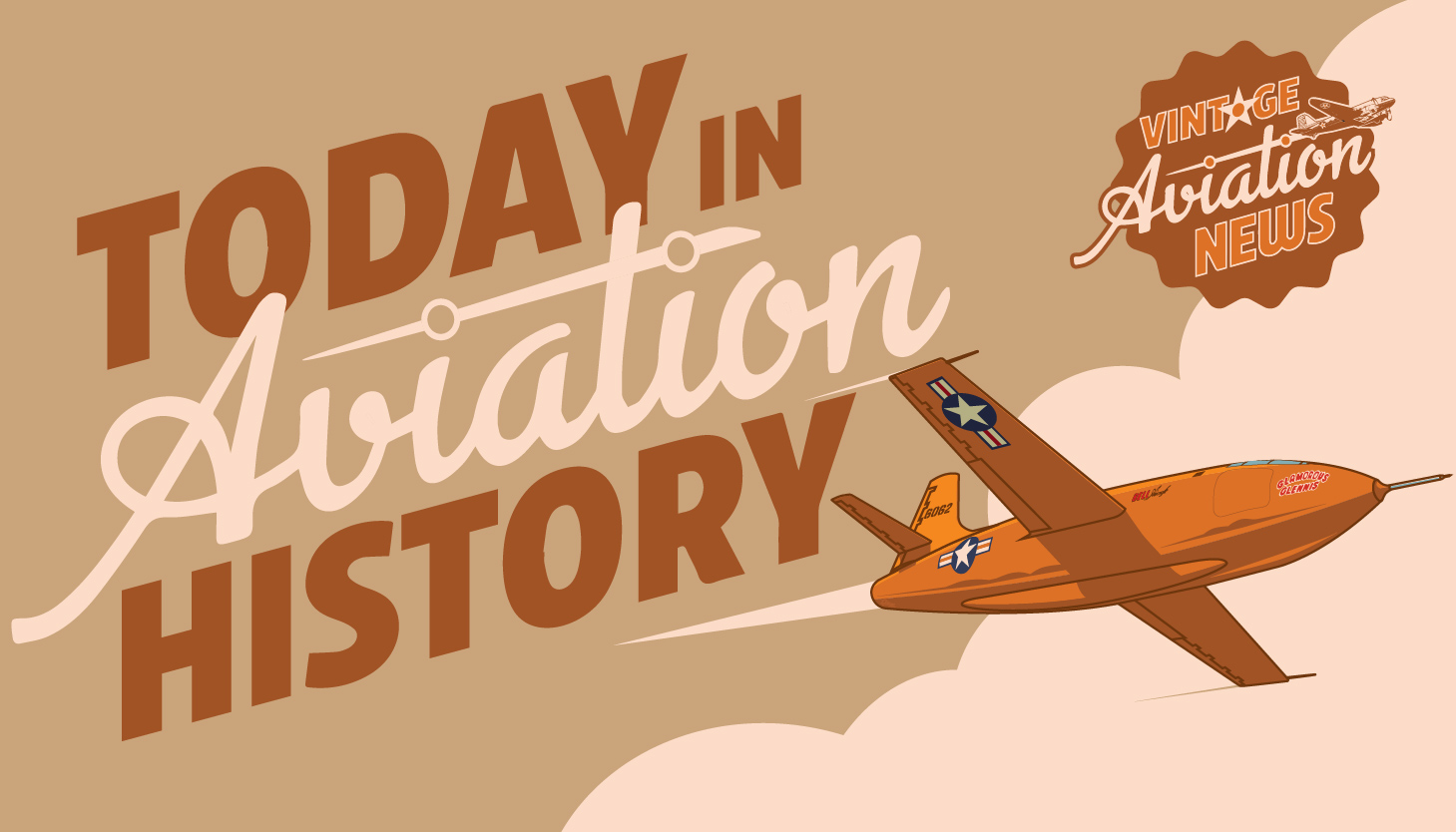
On October 20, 1956, a helicopter took to the skies that would forever change the face of military aviation. The Bell UH-1 Iroquois, initially designated as the Bell Model 204 and known in its early prototype stages as the XH-40, took on its first flight. Just three years later, it would enter operational service with the U.S. Army under the designation HU-1, which eventually earned it the affectionate nickname “Huey.” By the time it was officially renamed the UH-1 Iroquois in 1962, the name “Huey” had stuck with both the military and the public. The Huey would go on to become an iconic symbol of military might, particularly during the Vietnam War, and forge its place in aviation with a versatility and reliability unmatched, across numerous conflicts and operations.
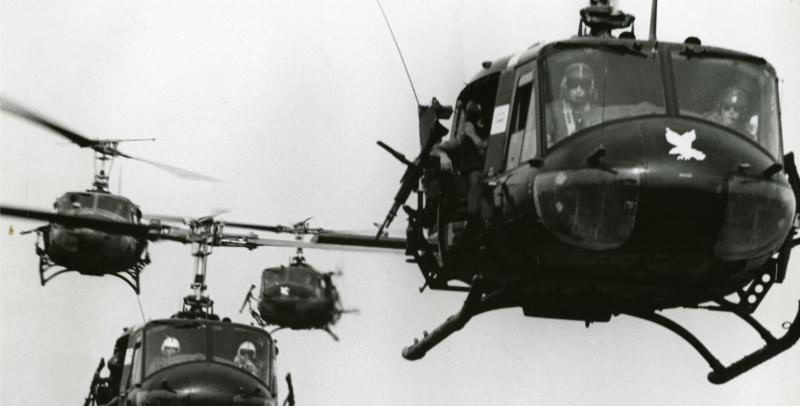
Design Built for Endurance
The UH-1’s design was simple yet robust. With a metal semi-monocoque fuselage, tubular landing skids, and a two-bladed rotor, it was built to endure the stresses of combat and rough landings. It was powered by the Lycoming T53 turboshaft engine and featured a synchronized elevator on the tail boom which allowed for better balance and control. The Huey’s unmistakable and infamous “thump” sound during flight came from its two-bladed, semi-rigid rotor design, a sound that became iconic in its own right. After successful manufacturing of the aircraft design, the first flight took place on October 20, 1956 from Bell Aircraft Facility in Forth Worth, Texas. The test pilot Major E. M. “Eddie” Dyer marked it a successful flight with well received performance characteristics. Numerous variants were also developed over time, some of which included the UH-1D. The UH-1D featured a stretched fuselage and could carry more passengers or equipment. By 1963, close to the Vietnam war, the UH-1H was introduced and soon it became the most widely produced variant, with 5,435 units manufactured.
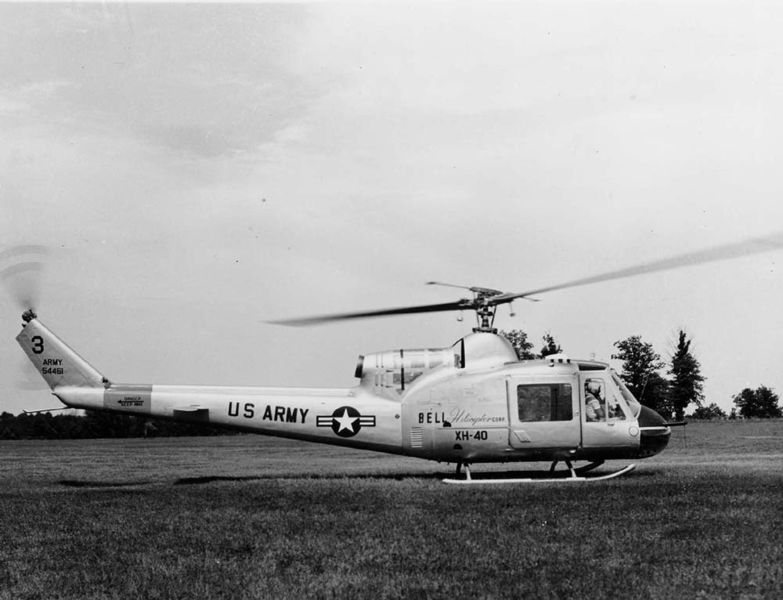
Production of A Military Powerhouse
From the moment the first production contract was signed in March 1960, the UH-1’s unmatched legacy was set in motion. Approximately 16,000 units had been built by 1987, thus making it one of the most successful military helicopters in history. Its success also led to the development of an entire family of helicopters, including the AH-1Z Viper and UH-1Y Venom, both of which are still in production. One such variant was the Bell 204, the initial variant of the UH-1 which featured a single Lycoming T53 turboshaft engine, which provided superior performance compared to the piston-engine helicopters of the era. This performance improvement made it ideal for the multi-role missions it would undertake. Over time, modifications like all-aluminum construction, rotor brakes, and enhanced engines allowed the Huey to evolve, addressing early criticisms over power and making it even more effective in its many roles.
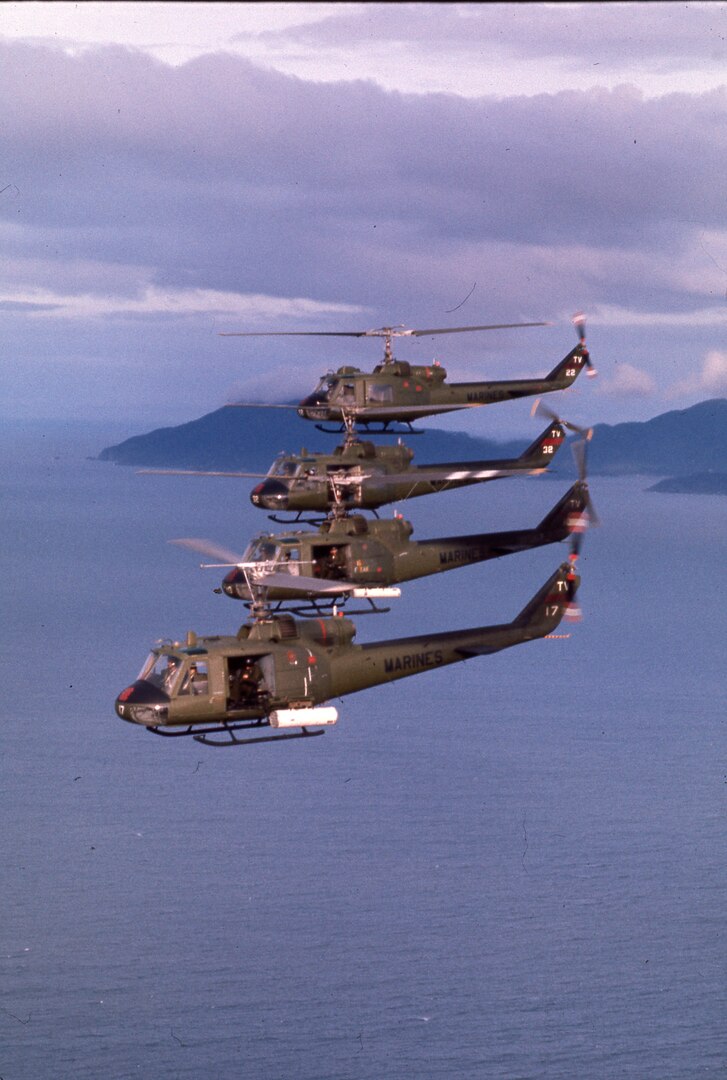
Operational Legacy Forged in Combat
The UH-1 saw its first taste of combat in March 1962 during the Vietnam War, a conflict that would come to define much of its legacy. No other aircraft became as synonymous with the war as the Huey. Its role as a troop transport, medical evacuation vehicle, and aerial attack platform made it indispensable on the battlefield. The air support along with such a versatile range of operations made Huey a critical asset, especially in the dense jungles of Vietnam. Additionally, the armed variants of the UH-1 were equipped with rockets, grenade launchers, and machine guns, giving it the firepower to support ground troops and strike enemy positions.
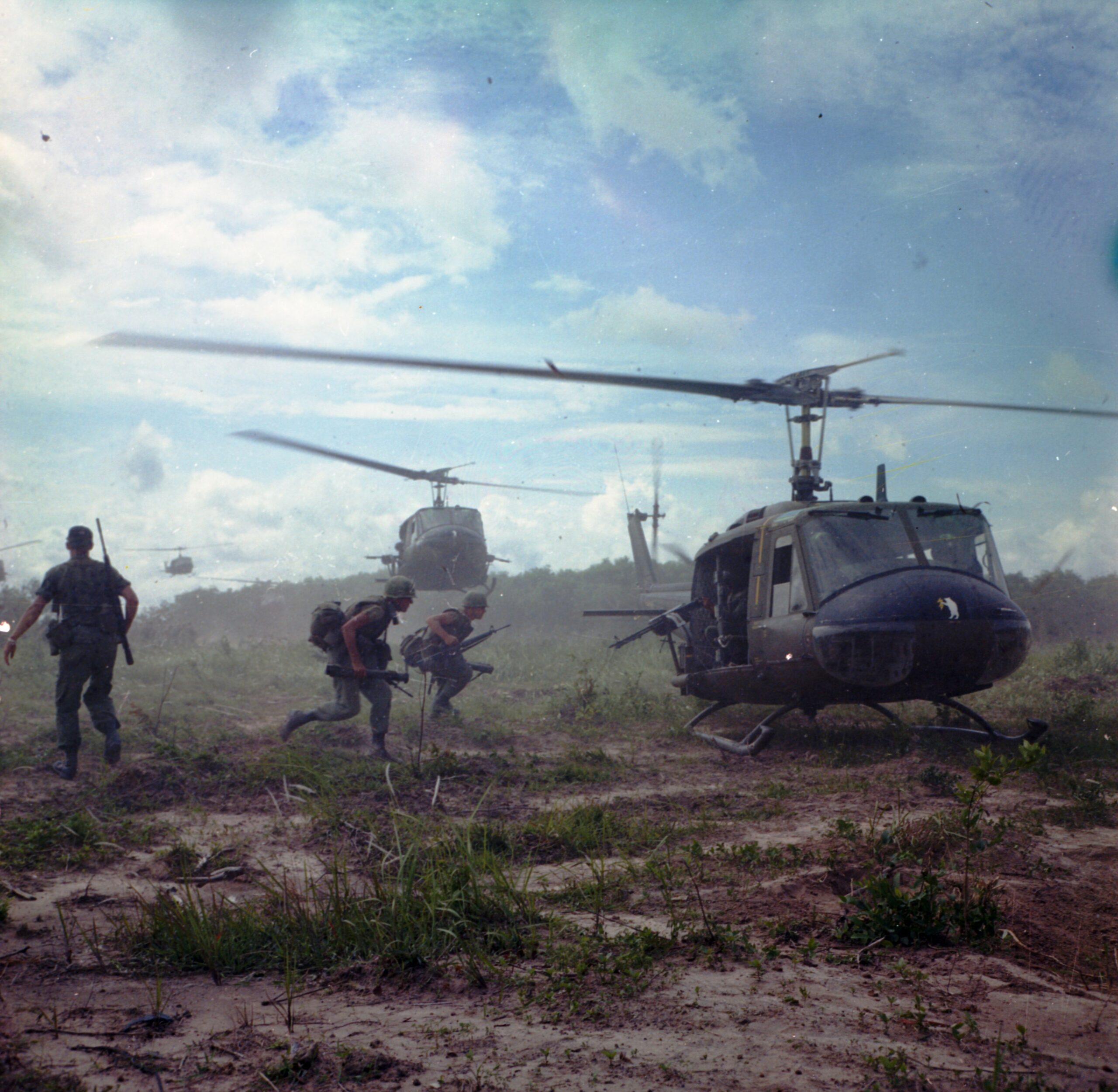
In Vietnam, different versions of the Huey earned specific nicknames based on their configurations: “Hogs” for those armed with rockets and “Guns” for those equipped with machine guns. “Slicks” for troop transport versions with no external weaponry, though door gunners provided defense during missions. The Huey became a cornerstone of U.S. military operations in Southeast Asia from early days of its deployment with the 101st Airborne Division and 57th Medical detachment in Vietnam. The sound of its rotors became the soundtrack of the war, a sound so distinct that it quickly became recognized across the globe. The Huey’s adaptability allowed it to take on new roles as the war progressed. By the late stages of the conflict, it was being used for ground attack, armed escort, and even testing experimental weaponry such as the TOW missiles during the 1972 Easter Offensive. After Vietnam, the Huey continued to see action in other major conflicts, from Grenada in 1983 to the Gulf War in 1991, where it played a key role in combat and support missions, logging over 31,000 flight hours.
Civilian and International Use
The Huey’s versatile range of operation wasn’t limited to military applications as the CIA, for example, used civilian versions of the UH-1 for stealthy operations in Indo-China during the Vietnam War. The popularity of the aircraft wasn’t centered in one nation but worldwide, leading to adoption by militaries across the globe. Notably, the Royal Australian Air Force deployed Hueys in Vietnam, and Germany’s Dornier manufactured 345 examples under license for the Luftwaffe and Federal Border Guard. The Huey also served amicably beyond the battlefield and played a critical role in global peacekeeping efforts. It served as a trusted platform for transporting personnel, delivering supplies, and conducting search and rescue missions in some of the world’s most challenging environments. With its ability to operate in a wide range of conditions and missions, Huey ensured that it was a favorite for militaries worldwide, not just in combat but also in humanitarian and relief efforts.
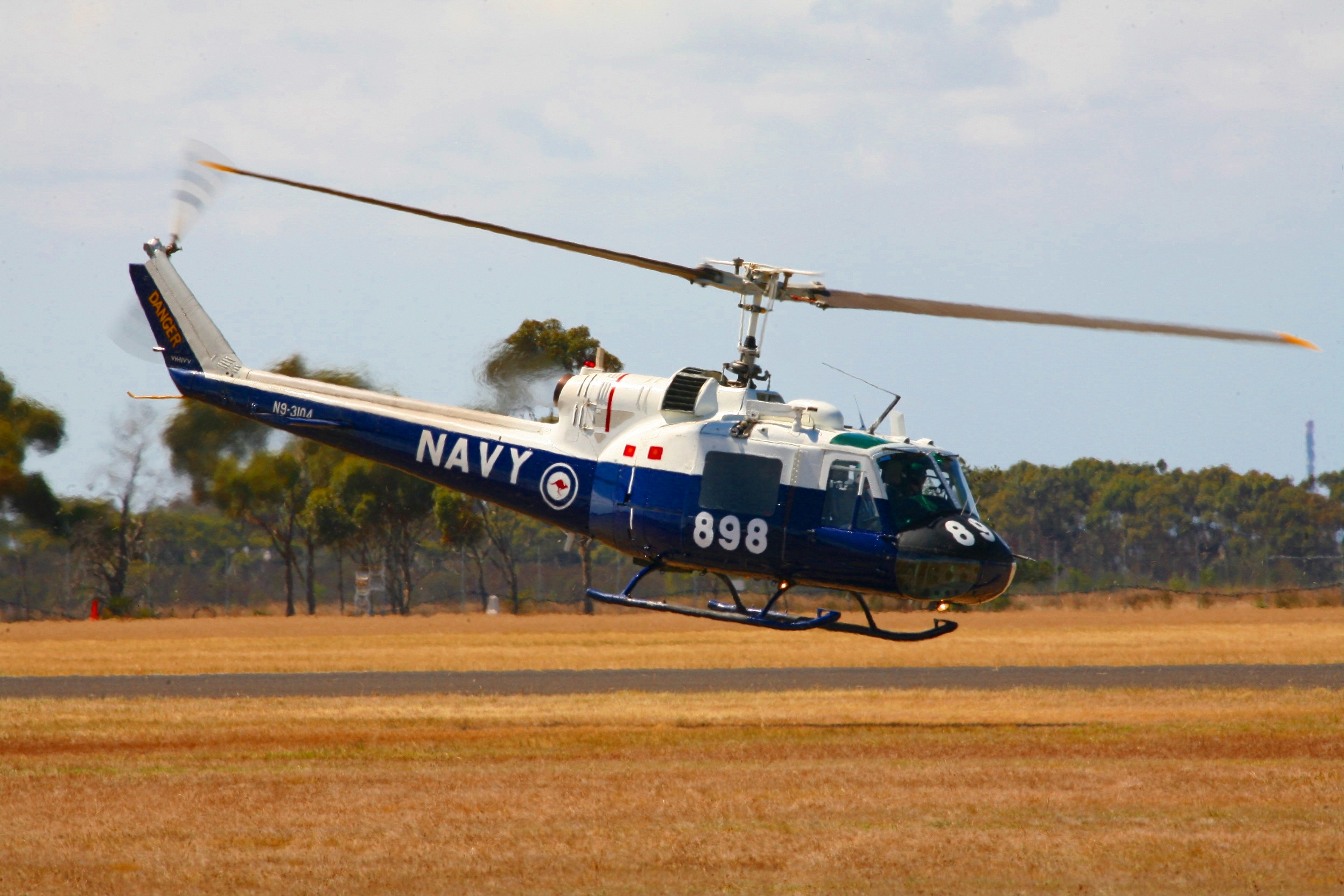
Gradual Phasing Out but Enduring Legacy
The U.S. Army began phasing out the Huey in favor of the more advanced Sikorsky UH-60 Black Hawk by the 1980s. However, the Huey’s service life was far from over as the Army National Guard continued using the UH-1 until 2009, and even today, the U.S. Air Force operates the UH-1N variant. The last U.S. Army Huey was officially retired in 2016, but hundreds of Hueys are still in use around the world, more than 50 years after the first one took flight. But Vietnam was only the beginning as the Huey continued to see combat in numerous conflicts. From the Falklands War to the American invasions of Grenada and Panama, and even as recently as the 2007 Lebanon conflict. Its reliability and adaptability made it the helicopter of choice for militaries and peacekeeping forces around the world.
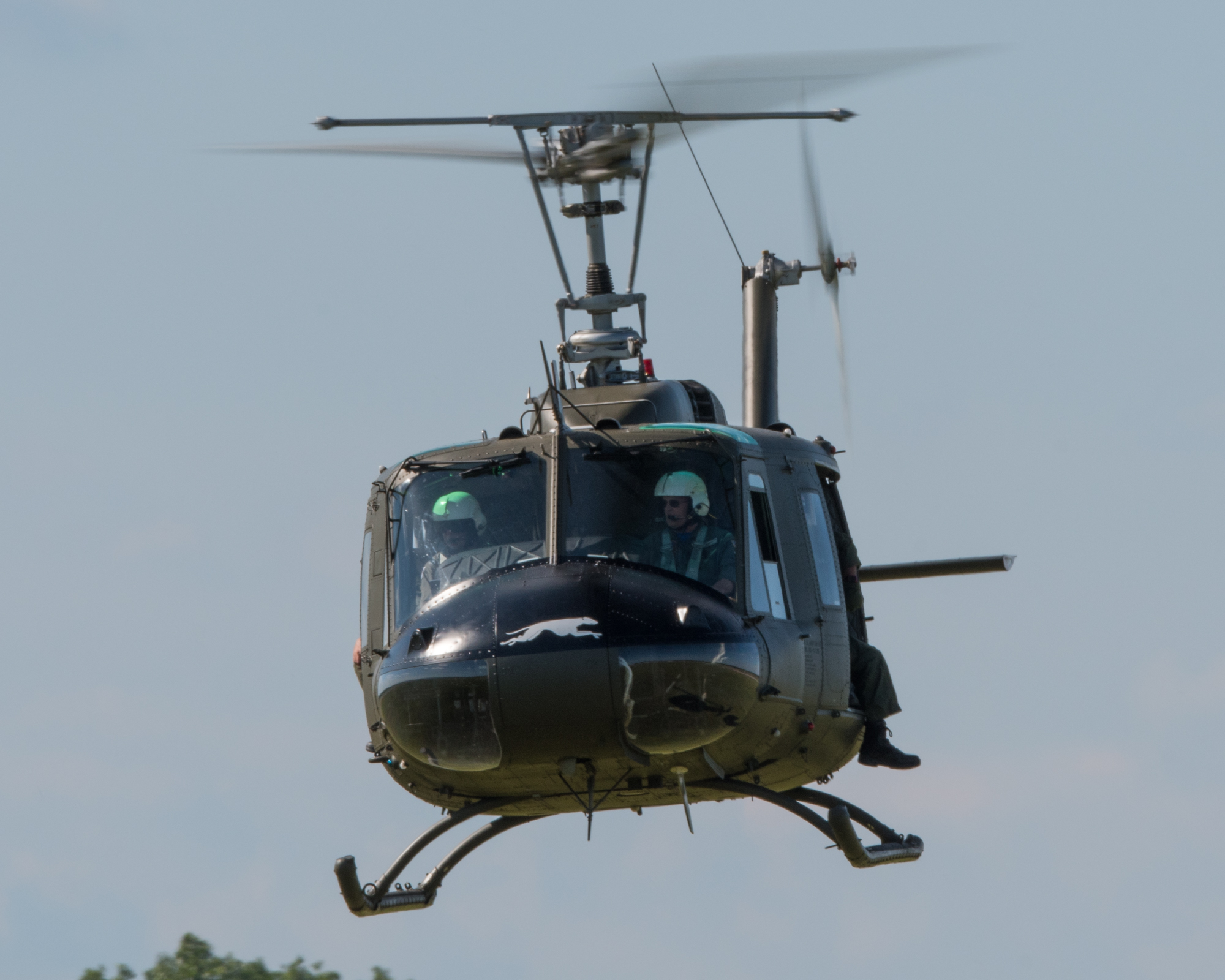
Helicopter for the Ages
The Bell UH-1 Iroquois, or “Huey,” stands as one of the most iconic helicopters in aviation history. Its contributions to military operations, especially during the Vietnam War, are unparalleled. Its versatility, durability, and adaptability made it a vital asset in countless missions. Even as modern helicopters like the UH-60 Black Hawk have replaced the Huey in many roles, the legacy of the UH-1 endures. It is celebrated for its technological influence and contributions to the evolution of rotorcraft in warfare. Recently on August 1, 2024 the Vietnam War Veteran Bell UH-1 Huey flew in Australia after restoration. Its continued service worldwide speaks to its enduring capabilities. More than a helicopter, the Huey is a symbol of resilience and innovation, forever etched in the records of military history.
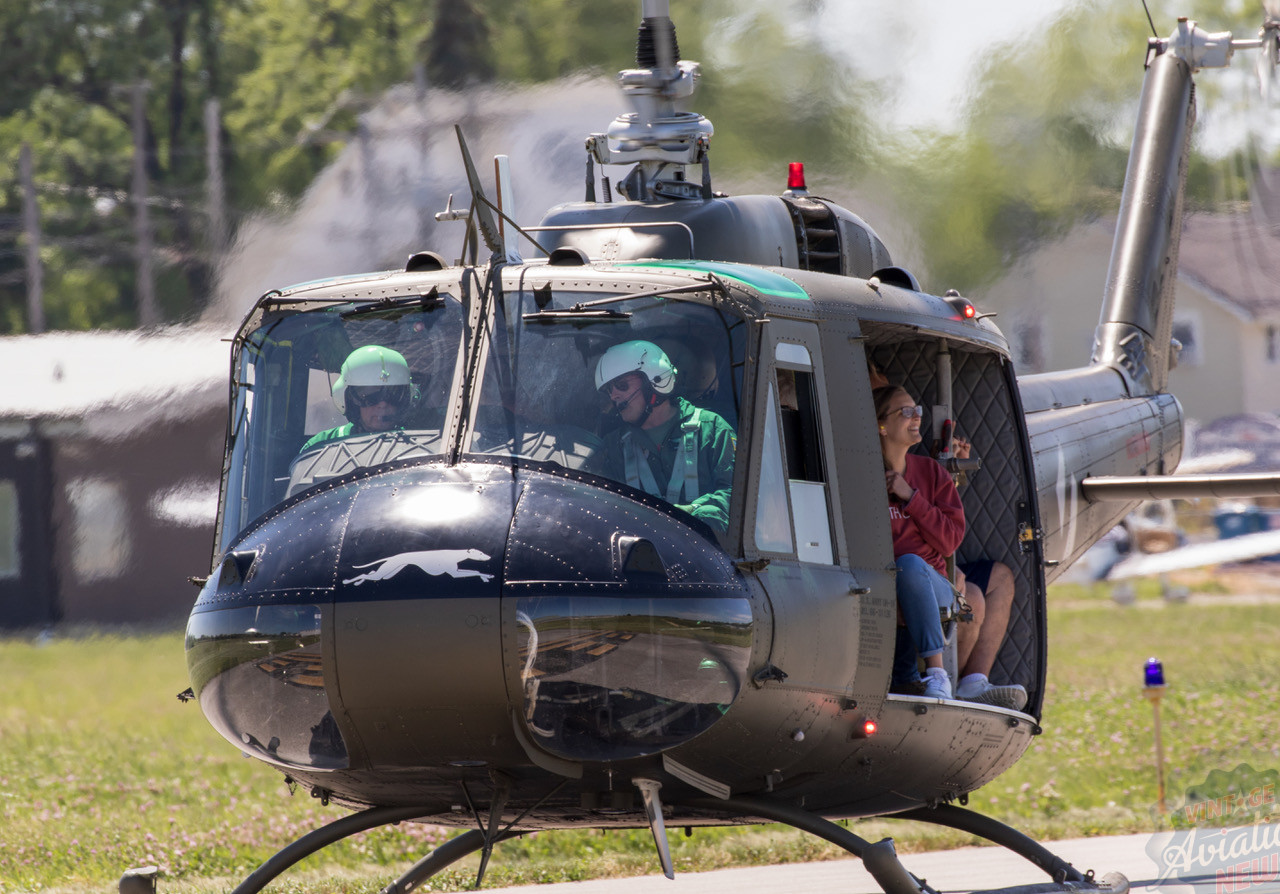
Today in Aviation History is a series highlighting the achievements, innovations, and milestones that have shaped the skies. All the previous anniversaries are available HERE
Related Articles
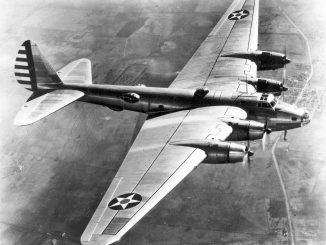
Today in Aviation History: First flight of the Boeing XB-15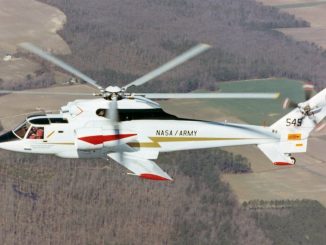
Today in History: First flight of the Sikorsky S-72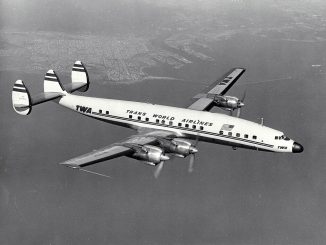
Today in Aviation History: First flight of the Lockheed L-1649…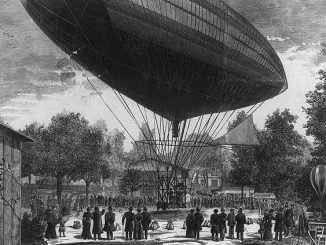
Today in Aviation History: First Electric Airship Flight by Tissandier…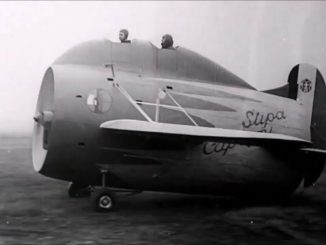
Today in Aviation History: First Flight of the Stipa-Caproni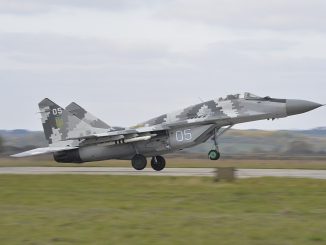
Today in Aviation History: The First Prototype of the Mikoyan…
"Haritima Maurya, pen name, ""Another Stardust,"" has been passionate about writing since her school days and later began sharing her work online in 2019. She was drawn to writing because of her love for reading, being starstruck by the art of expression and how someone can make you see and feel things exclusive to their experience. She wanted to be able to do that herself and share her mind with world cause she believes while we co exist in this beautiful world least we can do is share our little worlds within.
As a commercial pilot, Haritima balances her passion for aviation with her love for storytelling. She believes that, much like flying, writing offers a perspective beyond the ordinary, offering a bridge between individual experiences and collective understanding.
Through her work, ""Another Stardust"" aims to capture the nuances of life, giving voice to moments that resonate universally. "




I’m sorry, but the armed Hueys were never called “Frogs”, they were only known as Busy Hogs, and the Cobra is a totally different aircraft, and that name was never used by other armed Hueys. My source for this are two books from Squadron Signal: UH-1 Huey Gunships Walkaround, and AH-1 Cobra In Action.
Thanks John. We will edit the article accordingly.
While at 1/21 Infantry 25th ID I airmobile trained in and jumped Hueys with the Tropic Lighning Sport Parachute Club when at Schofield Barracks which were provided by 25th Aviation. Great aircraft and these days whenever I hear one go by I stop and listen to an Old Friend passing.